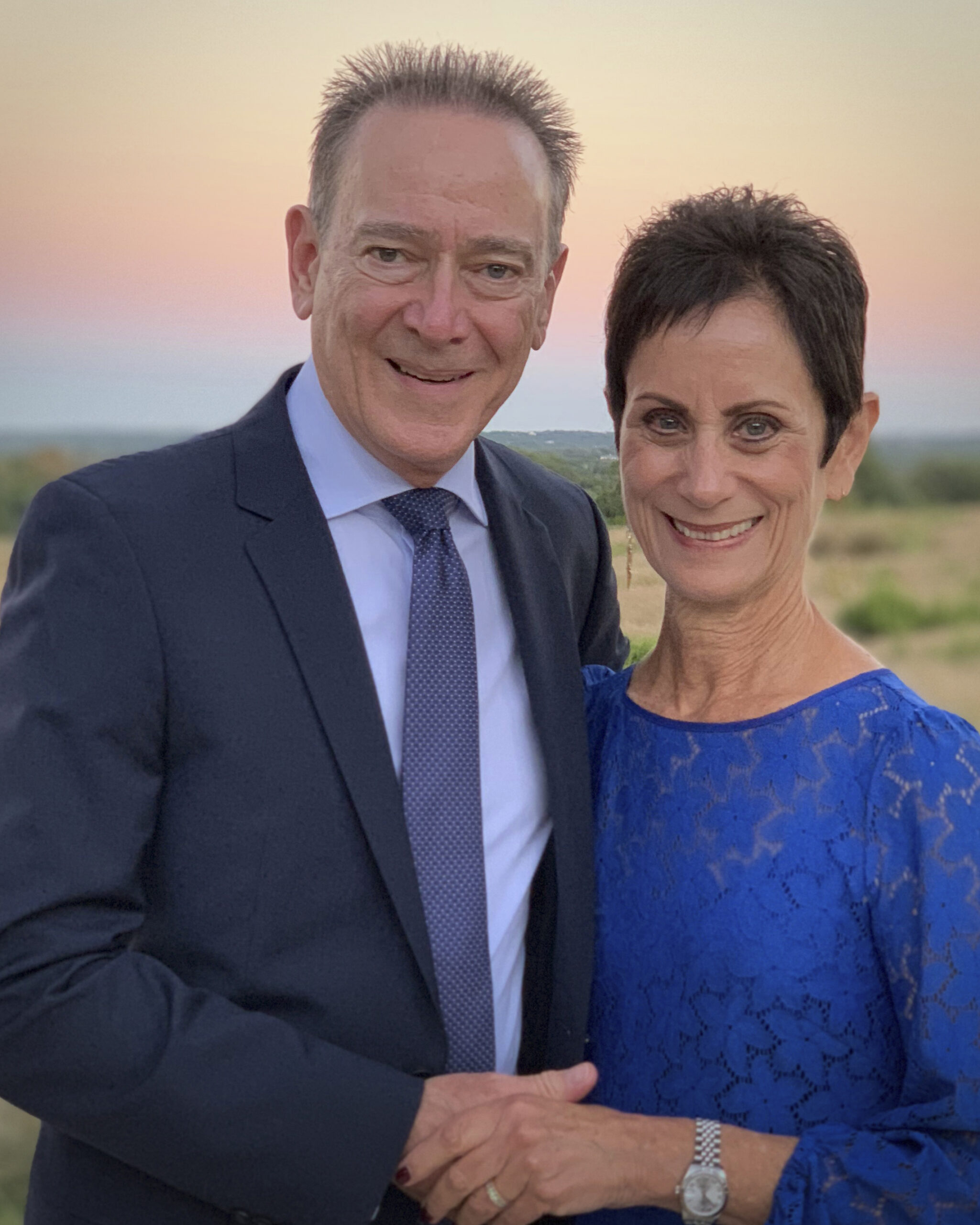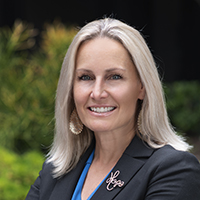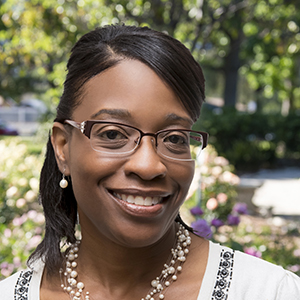At City of Hope, we are so appreciative of the support we receive from donors, volunteers, advocates, partners, and others like you. That is why we are committed to protecting your privacy and take steps to keep any personal information you provide confidential.
You were invited to take this survey because we value your trust and confidence and sincerely would like to understand your preferences, interests, and wishes so we can be more sensitive to them.
By answering these survey questions, you will help us:
- Reduce the amount of communications we send you;
- Lessen our environmental impact together;
- Improve the relevance of the information we send you.
As a whole, your answers will help us become better stewards of donation dollars as a result of time savings and reduction of printing, mailing, and postage costs.
Going forward, we will make our best attempts to use the information you provide in this survey to adjust the content of the communications we send you and the frequency with which you receive them.
Please remember, you can always review our complete privacy policy and you may opt-out of receiving communications from us at any time.
Thank you so much for your time, interest, and commitment to City of Hope.
You can read more about our privacy policy here.



















































































